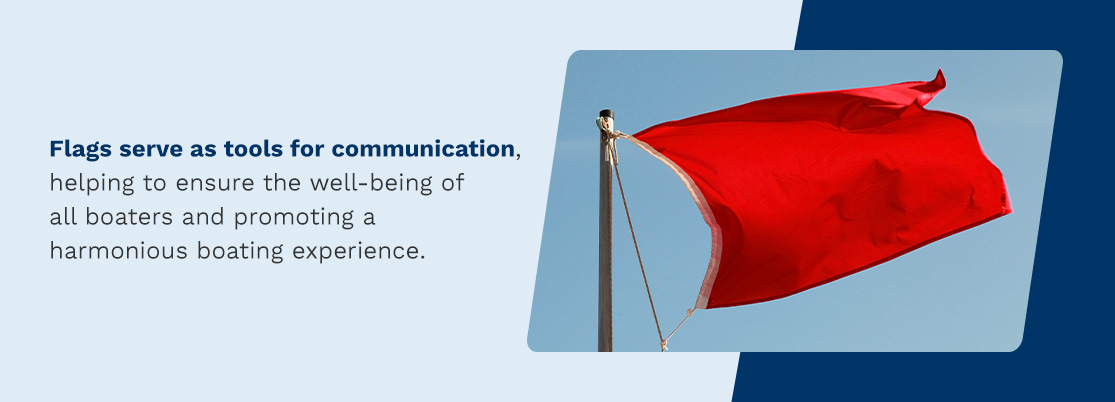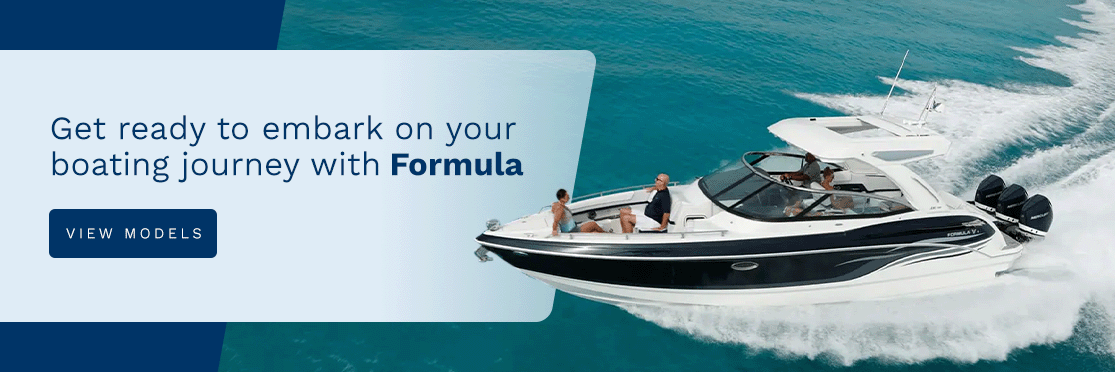
When you’re out on the water, you’ll want to pay close attention to boating condition flags. These vibrant signals fluttering in the wind hold crucial information that can make a world of difference in ensuring your safety and enhancing your overall boating experience. But what exactly are boating condition flags and why should you care?
Boating condition flags are visual indicators that communicate vital messages to boaters, including potential hazards, restricted areas or favorable conditions. They serve as a universal language on the water, allowing boaters to understand and respond appropriately to changing situations.
General Flag Etiquette
When you follow these general flag etiquette guidelines, you’ll contribute to a safer and more enjoyable boating experience for everyone. Boating condition flags serve as a universal language on the water, enabling effective communication and helping to prevent accidents or misunderstandings.
Here are some tips and pieces of general flag etiquette you should know:
- Awareness is vital: Watch for flags displayed on other vessels, docks or shore-based facilities.
- Recognize and respect: Once you spot a flag, understand its meaning. Each flag represents a specific message or condition.
- Follow flag authority: Various authorities may display flags, such as marine law enforcement agencies, harbor masters or event organizers. Respect and comply with the instructions conveyed by these boating flags, as they are there for your safety and the safety of others.
- Communication is critical: If you’re hosting an event or activity on the water, clearly communicate the meaning of any flags you display to participants and other boaters.
- Display flags correctly: When flying flags on your vessel, ensure they are visible and recognizable from a distance. Flags should be securely attached and positioned to make them visible and easily identified by others.
- Know the rules and regulations: Different regions or waterways may have specific rules and regulations regarding boating condition flags.
- Act responsibly: Understanding flag signals is not enough — you must also respond appropriately. If you encounter a flag indicating potential hazards or restricted areas, navigate cautiously or follow any instructions given by the flag authority. Similarly, if you come across a flag indicating medical assistance or a vessel requesting communication, be prepared to lend a helping hand or provide the requested information if you can do so safely.
Common Boating Condition Flags and Their Meanings

Flags serve as tools for communication, helping to ensure the well-being of all boaters and promoting a harmonious boating experience. They come in various boating flag colors, each carrying a specific meaning that communicates essential information to boaters:
- Red flag: The red flag signifies potential hazards or restrictions. It alerts boaters to exercise caution and be aware of dangers in the vicinity. Proceed with vigilance. The flag indicates conditions that may pose risks, such as strong currents, submerged objects or shallow waters.
- Yellow flag: This indicates caution or restricted boating conditions. It serves as a warning to boaters to approach the area carefully and be prepared for potential hazards. Slow down and be extra cautious.
- Green flag: When you see a green flag waving proudly, you can relax and enjoy your boating adventure with peace of mind. It signifies favorable conditions for safe and unrestricted navigation.
- Black flag: It serves as an alert to take immediate action to ensure safety and seek shelter if necessary. Be prepared for inclement weather like strong winds, thunderstorms or rough seas. Take appropriate measures to protect yourself and your vessel.
- Orange flag: When you spot orange boating flags, be aware that activities such as races, regattas or other organized events may occur in the vicinity. Respect any instructions or rules associated with these events.
Additional Boating Condition Flags
In addition to the common boating condition flags we discussed earlier, there are several additional flags you may come across during your boating escapades. While you may not encounter these flags as often, understanding these boating flags and their meanings helps ensure you stay prepared.
Here are the additional flags you might see:
- Blue flag: If you encounter a vessel displaying a blue flag, be prepared to provide any necessary aid or contact emergency services.
- White flag: Be attentive and ready to respond if you see a white flag raised on a nearby vessel. It may indicate that the boat needs information, assistance or coordination regarding navigation, docking or other relevant matters.
- Checkered flag: The checkered flag signifies the presence of water sports or races. Maintain a safe distance and avoid interfering with the participants.
Recognizing and Responding to Boating Condition Flags
Understanding boating condition flags is only half the equation. Equally important is the ability to recognize and respond to these flags appropriately. Keep a keen eye on your surroundings, including other vessels, docks and shore-based facilities. By identifying and responding appropriately to boating condition flags, you become an active participant in promoting safety and effective communication on the water.
Study these tips for recognizing and responding to boating condition flags:
- Understand flag meanings: Study their colors, shapes and symbols to identify their messages quickly.
- Follow instructions and warnings: When you encounter a flag signaling potential hazards, restrictions or weather warnings, heed the instructions provided. Adjust your course, speed or activities accordingly to ensure your safety and that of others.
- Maintain effective communication: If you need to communicate with other boaters, use appropriate signals or methods as indicated by the flags. For example, if a vessel displays a white flag requesting communication, be responsive and establish contact through radio, horn signals or other accepted means.
- Adhere to local and international regulations: Understand and follow the rules and regulations specific to the waterway or region you are navigating. Different areas may have variations in flag usage or additional local flags, such as international maritime signals, each with specific boating flag meanings.
- Be prepared to assist: If you come across a flag signaling a vessel in distress or requesting medical assistance, be ready to provide aid if you are capable and safe.
Build Your Boat With Formula Boats
You can confidently navigate and contribute to a safe boating community by deciphering flag meanings, following flag etiquette and responding appropriately. As you embark on your boating adventures, consider building your boat with Formula Boats. With over 65 years of marine manufacturing excellence, Formula Boats is a trusted name in the industry.
Owned and managed by the Porter family since 1976, we are known for visionary design, superior execution and unwavering commitment to customer satisfaction. From our smallest Bowrider to the remarkable 500 SSC, each Formula boat is crafted with premium materials and meticulous attention to detail.
Experience the Formula difference and create memories on the water that will last a lifetime. To start building your dream boat or to learn more about Formula’s offerings, don’t hesitate to contact us today.
Get ready to embark on your boating journey with Formula, where excellence meets adventure.

